Feeding Strategies of Different Bird Species
Why Feeding Strategies Matter
Every bill tells a story: curved raptor beaks for tearing, sieve-like lamellae in flamingos for filtering, and crossed tips in crossbills for prying cones. Diet sculpts flight styles, leg lengths, and even digestive chemistry, revealing evolution’s relentless fine-tuning.
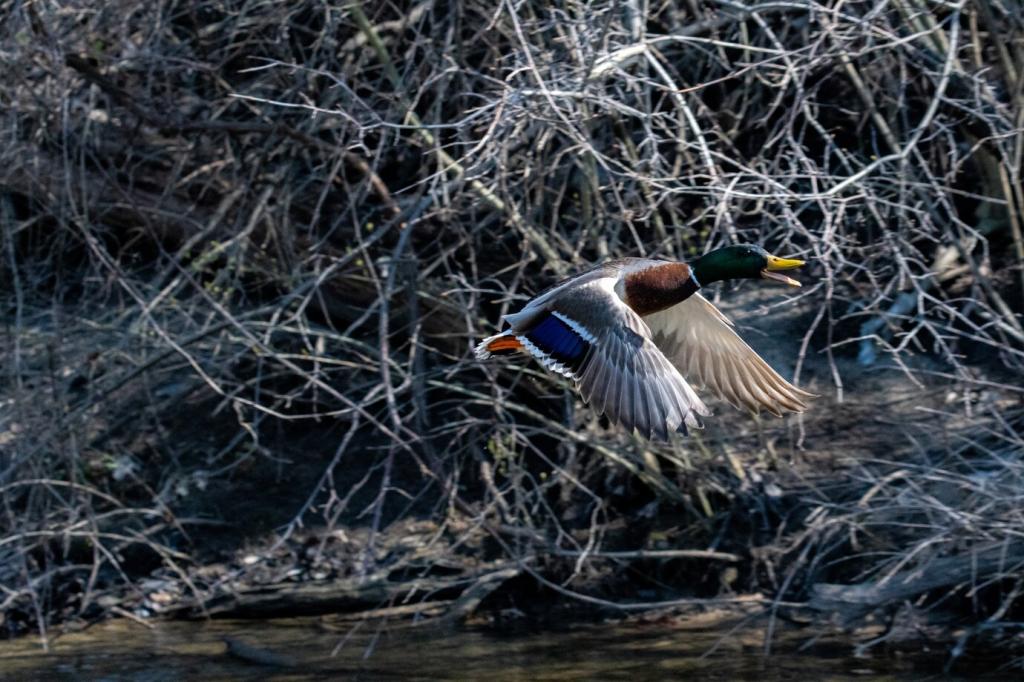
Masters of the Air: Insect Hawkers and Aerial Foragers
Wide gapes, rictal bristles, and supreme agility let them harvest aerial plankton—tiny flies and midges swirling above fields and lakes. Sudden weather shifts push insects low; watch the birds drop with them. Tell us your best backyard swallow moments.
Water Worlds: Filters, Divers, and Plungers
Flamingos as Living Sieves
Feeding upside down, flamingos pump water through comb-like lamellae to strain algae and brine shrimp. Their tongues act like pistons, and carotenoid-rich prey paints their feathers pink. Tell us where you’ve seen them stir rosy reflections at dawn.
Gannets and Pelicans: The Plunge
Gannets fold wings and knife into the sea at breathtaking speeds, cushioned by air sacs under skin. Brown pelicans angle steeply, scooping fish into expandable throat pouches. Each dive balances risk, precision, and timing in a choreography of survival.
Cormorants and Penguins: Pursuit Underwater
Cormorants use wettable feathers and powerful legs to chase fish, while penguins’ dense bones and torpedo shapes reduce buoyancy for swift pursuit. If you’ve watched a cormorant surface triumphantly, describe the moment and the telltale splash patterns.
Seeds, Cones, and Memory: Granivores and Cachers
Crossbills’ crossed mandibles slip between cone scales to lever seeds free, with different bill depths matching particular conifers. Finches crack husks efficiently, turning tough packages into fast calories when insects are scarce in winter.
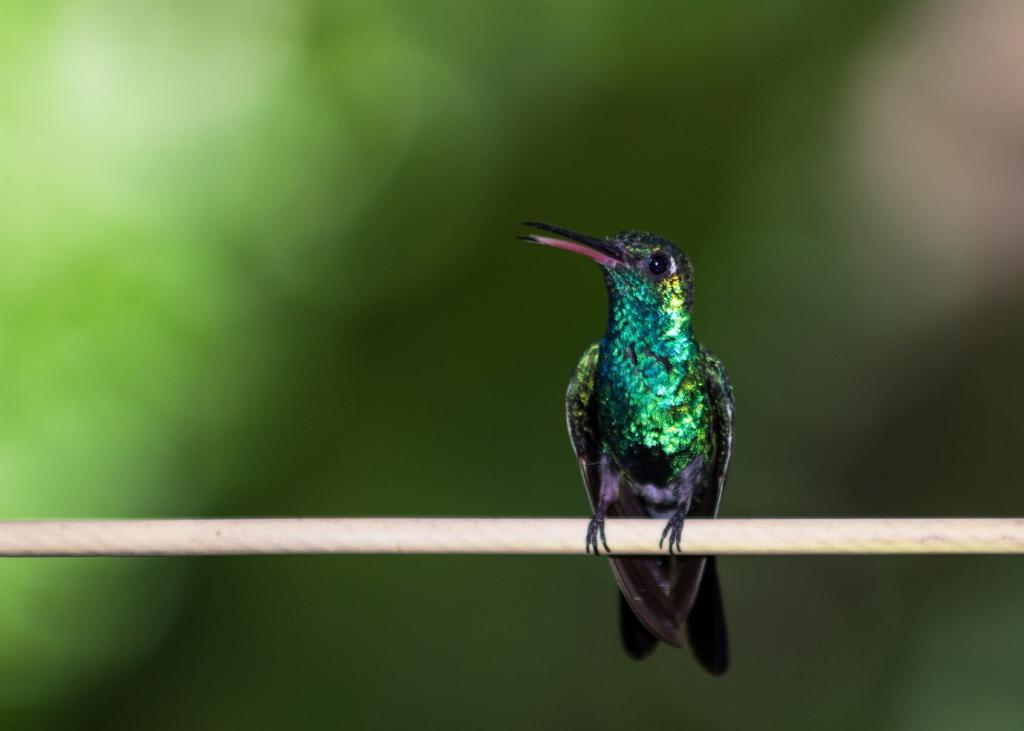
Cleanup Crew: Scavengers and Specialists
With ultra-acidic stomachs and bald heads that stay cleaner, vultures neutralize pathogens in carcasses. Their effortless soaring locates meals quickly, saving energy while safeguarding landscapes. Share any vulture cleanups you’ve seen along roads or savannas.
Frigatebirds harry boobies until they drop fish, while skuas rob terns with relentless chases. Stealing is a strategy when direct capture is costly, proving energy economics can favor cunning over brute effort.
Lead fragments in carcasses can poison vultures and eagles. Supporting lead-free ammunition and safe carcass disposal protects these vital cleaners. Add your voice below if you’ve joined local efforts to keep scavengers healthy.
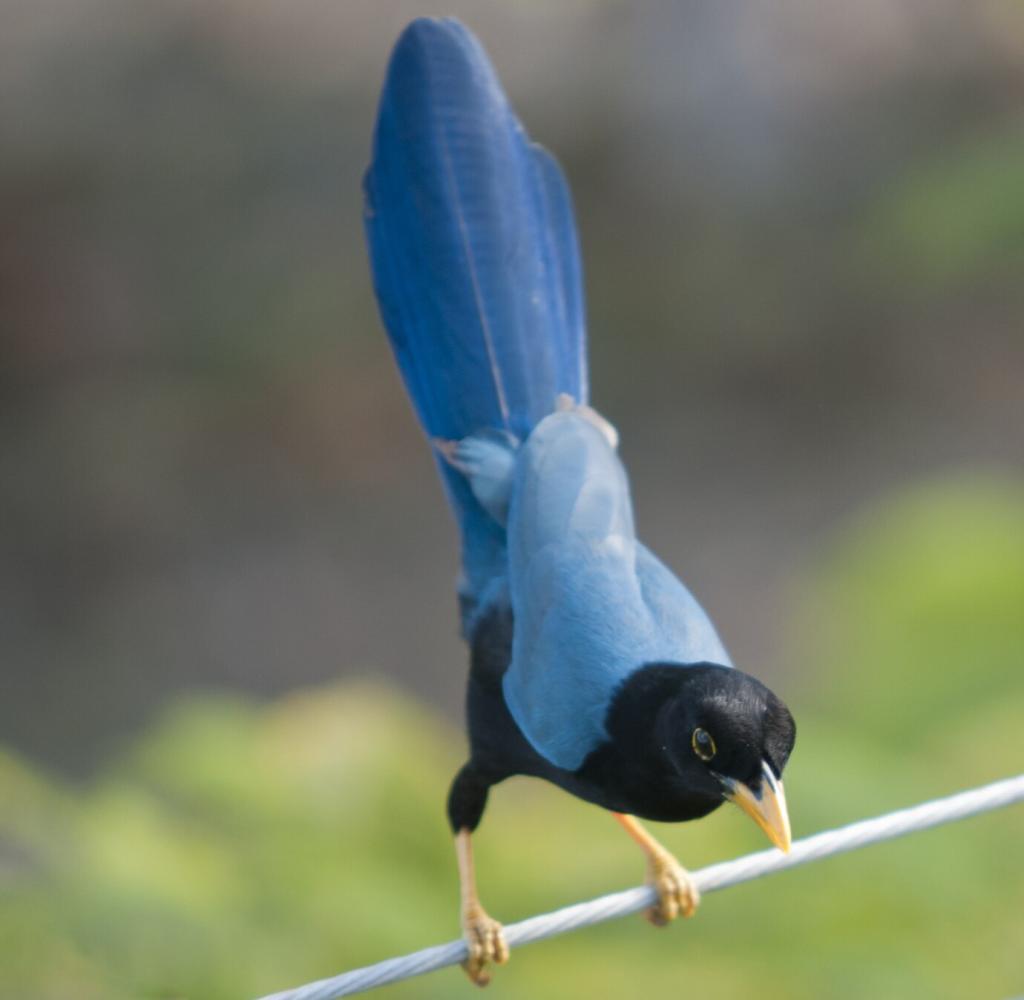
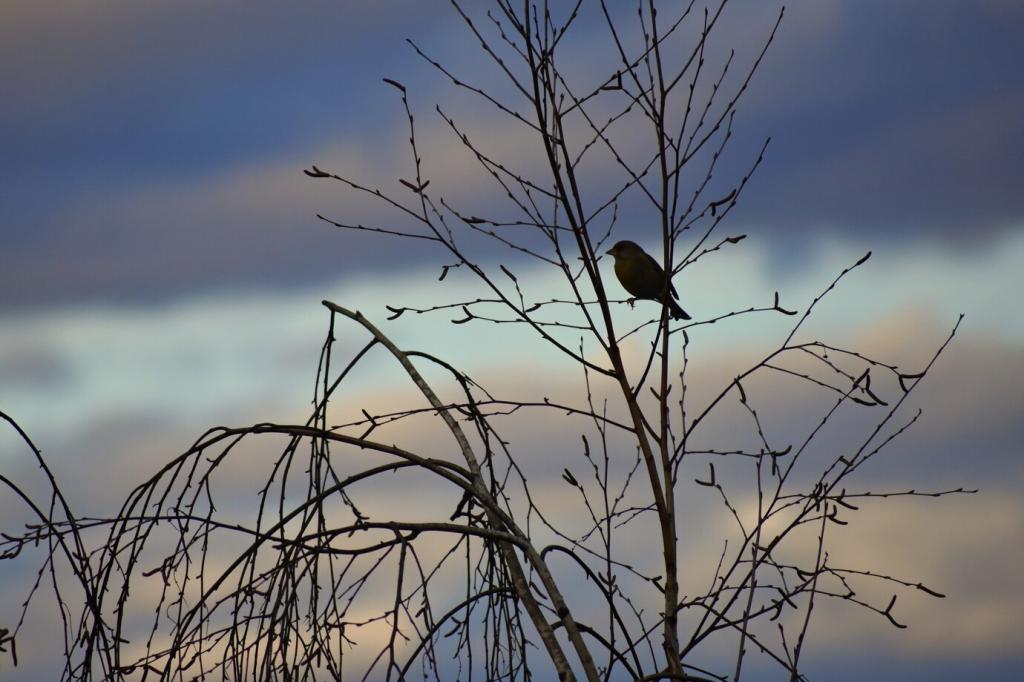
Different bill lengths let neighbors forage at distinct depths, minimizing competition. Sensitive bill tips detect prey vibrations, guiding strikes in opaque water. Tell us about your favorite low-tide walks and the probing patterns you’ve noticed.
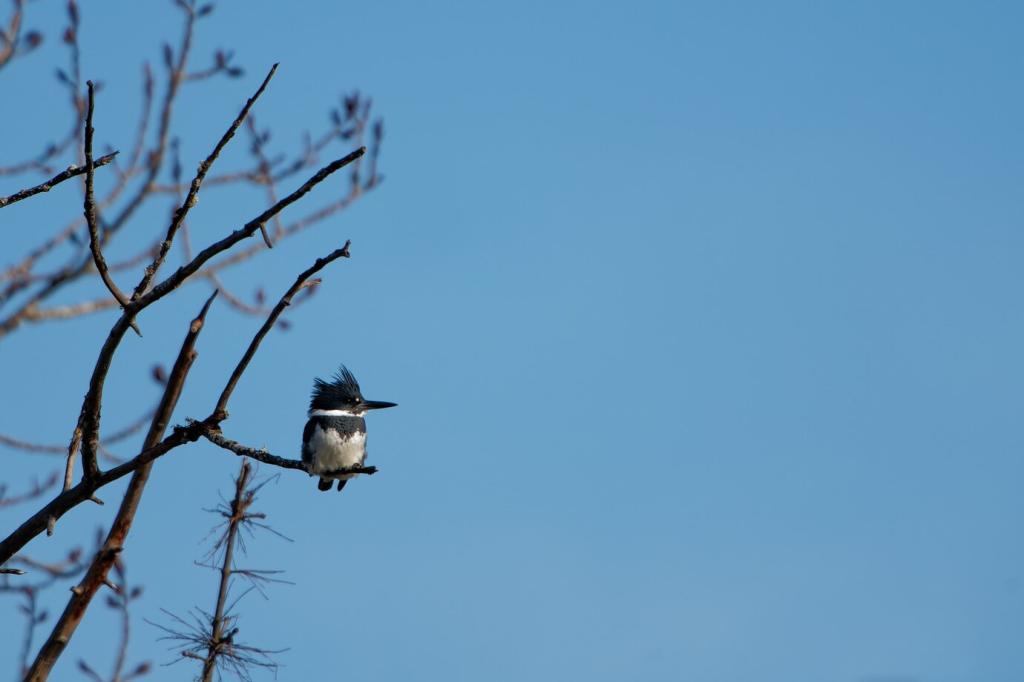
Spoonbills sweep side-to-side with partly open bills, snapping shut when they feel a fish or shrimp. Ibises probe methodically, trusting touch where sight fails. Their choreography turns murky flats into a sensory map of hidden food.
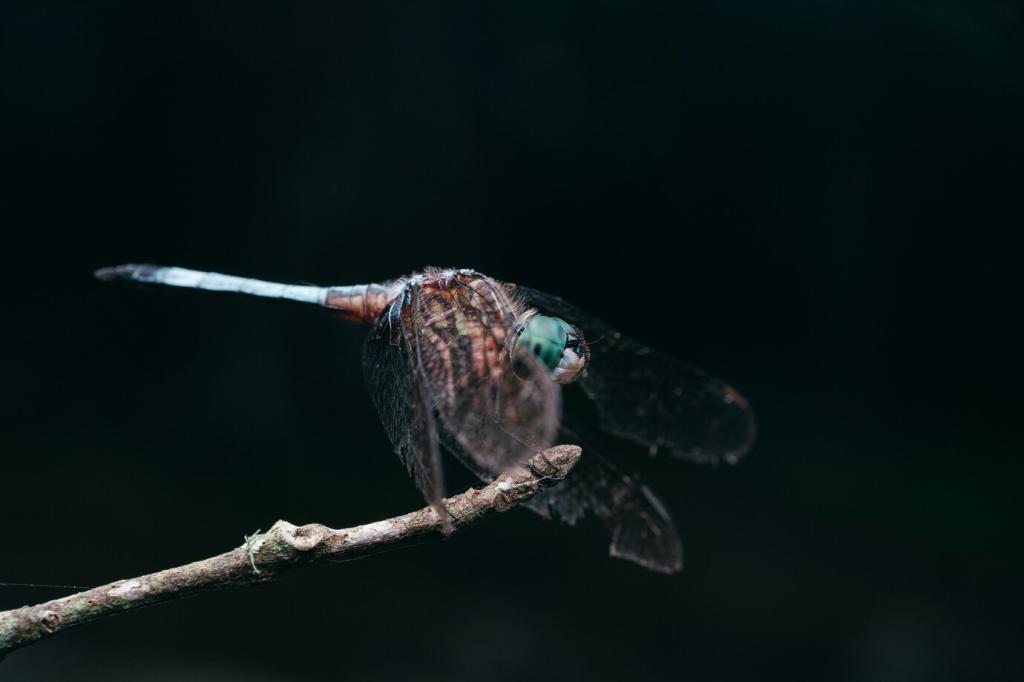
Herons stand motionless, sometimes shading water with spread wings to reduce glare, then strike with lightning speed. This ambush strategy conserves energy while maximizing accuracy—an elegant answer to slippery, fast prey in shallow water.
